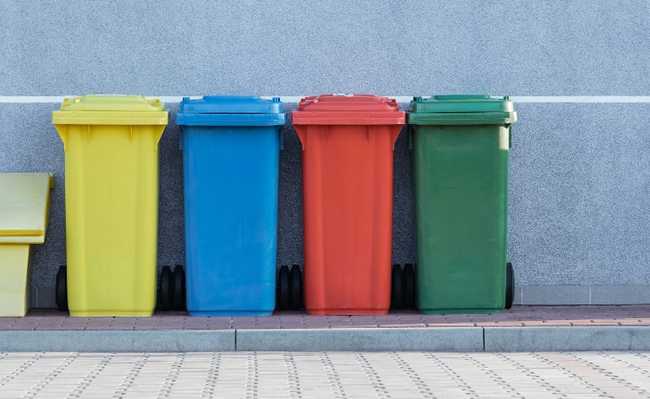Sulfur dioxide: get to know SO2
Sulfur dioxide, represented by the formula SO2, is one of the most dangerous air pollutants and can indicate its quality

what is sulfur dioxide
Sulfur dioxide, whose molecular formula is SO 2 , is a colorless gas with a pungent acrid odor. It occurs as an impurity in fossil fuels, mainly from activities such as burning diesel in heavy vehicles, coal and oil in power plants or copper smelting. About 80% of sulfur dioxide is believed to be sourced from the incomplete burning of fossil fuels. In nature, gas can be released into the air from volcanic eruptions.
When it comes in contact with oxygen, sulfur turns into sulfur dioxide and sulfur trioxide - which reacts with moisture in the air to form sulfuric acid, which can further react with ammonia in the air to form ammonia sulfate.
A study on SO2 points out that it remains in the air in the form of droplets (more common indoors) or returns to the earth after oxidation and reaction processes, in the form of acid rain. In addition, sulfur dioxide can react with other compounds in the atmosphere, forming particulate matter with a small diameter.
Sulfur dioxide can contribute to global warming and its presence in acid rain is dangerous for plants and animals, in addition to corroding some materials and affecting monuments, buildings, statues.
According to the same study, acid rain lowers the pH of lakes and reduces the concentration of fish populations. In plants, vegetables and flowers, it compromises production and growth.
health effects
As it is a highly soluble gas in the mucous membranes of the upper air tract, sulfur dioxide can cause irritation and increased mucus production, breathing discomfort and the aggravation of respiratory and cardiovascular problems, so much so that it is considered a primary irritant. This worsening of health symptoms leads to hospital admissions and damages to public health.
Air quality
As an indicator of air quality, sulfur dioxide enters the national air quality standards approved by the National Environmental Council (Conama). In April 2013, Decree No. 51113 was published, which has stricter air quality parameters.
In the case of carbon monoxide (CO), the state standard reaches 9 parts per million (ppm) for a sampling time of 8 hours. As for the air quality index adopted by the Environmental Sanitation Technology Company of the State of São Paulo (Cetesb), the qualification of SO2 in the air for 24 hours of sampling is:
- Good quality: 0 to 20 micrograms/m³;
- Moderate quality: 20 to 40 micrograms/m³;
- Poor quality: 40 to 365 micrograms/m³;
- Very poor quality: 365 to 800 micrograms/m³;
- Terrible quality: more than 800 micrograms/m³.
It is important to keep an eye on this air quality index, especially in winter and if we have children, elderly people or people with heart problems at home, as a high level of sulfur dioxide in the air can be more harmful for these groups of people.
Currently, there is already on the market a diesel that is less polluting and contains lower sulfur content, being less harmful both to the air and to the car engine itself (learn more here).
A tip to ensure the good quality of air in our home, as we have seen in this matter that it can be concentrated indoors, as droplets in the air, is the use of purifying plants, but any type of plant has the power to absorb the SO2 .










